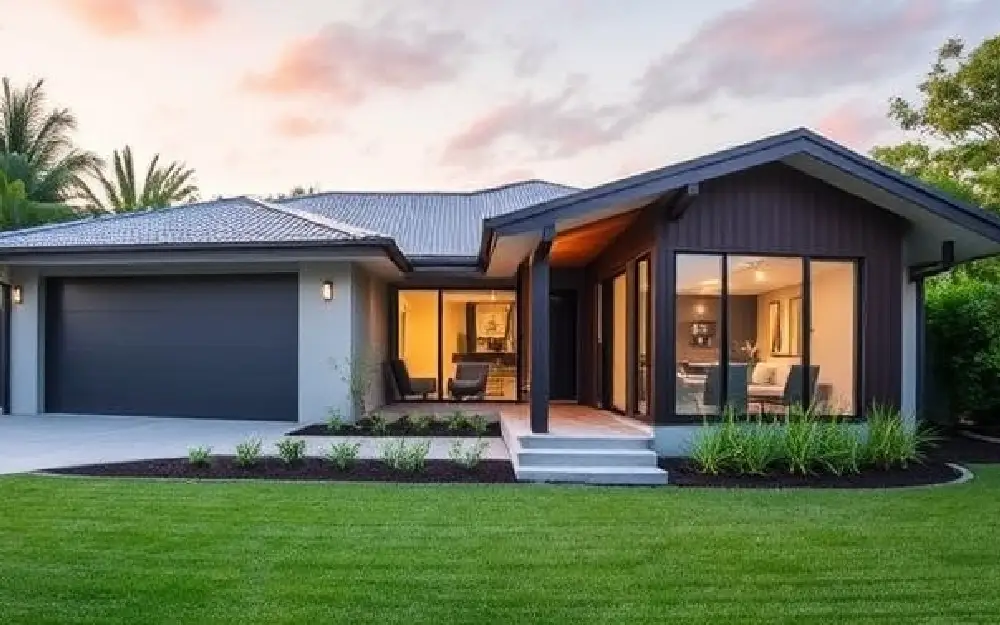
Cost-Effective Strategies for Managing Commercial Buildings
Managing commercial buildings involves balancing the need for operational efficiency, tenant satisfaction, and long-term sustainability, all while keeping costs under control. Implementing cost-effective strategies can not only reduce expenses but also improve the overall management of the property. Below are several key strategies that can help you manage your commercial building more effectively and affordably.
1. Implement Preventative Maintenance
One of the most effective ways to save money on commercial building management is to invest in preventative maintenance. Regular maintenance can help detect issues before they become costly repairs and ensure the building operates at maximum efficiency. Here’s how to implement a preventative maintenance program:
- Schedule Regular Inspections: Inspect key systems such as HVAC, plumbing, and electrical regularly to catch small problems before they turn into expensive repairs.
- Maintain HVAC Systems: Regular cleaning and servicing of HVAC systems can extend their life and improve energy efficiency.
- Seal Leaks: Ensure the building is sealed properly to avoid energy loss, such as checking doors, windows, and roofs for leaks.
2. Optimize Energy Efficiency
Energy costs are a significant part of any commercial building’s operating budget. Optimizing energy efficiency can provide long-term savings and help reduce your carbon footprint. Here are a few ways to improve energy efficiency:
- Install LED Lighting: Switching to LED lighting in common areas can significantly lower electricity costs and reduce the need for frequent bulb replacements.
- Upgrade Insulation: Proper insulation keeps the building’s interior comfortable while reducing heating and cooling costs.
- Use Smart Thermostats: Smart thermostats allow for better control of the building’s temperature, saving energy and preventing overuse of HVAC systems.
3. Negotiate Vendor Contracts
Another key strategy for reducing costs is to negotiate better deals with service providers. Review your vendor contracts regularly to ensure you’re getting the best possible value for services such as cleaning, security, and landscaping. Here’s how:
- Shop Around: Don't settle for the first quote you get. Compare prices and services from multiple vendors before committing.
- Consolidate Services: Bundle services like janitorial, security, and landscaping with one vendor to negotiate discounts.
- Renegotiate Existing Contracts: If you’ve been with a vendor for a while, try renegotiating your contract. Vendors may be willing to offer better terms to keep your business.
4. Embrace Technology for Efficient Management
Technology can greatly streamline operations and reduce costs. Leveraging digital tools can improve efficiency and make it easier to track building performance. Some useful technologies for commercial buildings include:
- Building Management Systems (BMS): These systems help you monitor and control building systems (HVAC, lighting, security, etc.) from a centralized platform, saving time and money.
- Energy Management Software: Software tools can track energy usage and identify inefficiencies, helping you take corrective actions.
- Cloud-Based Property Management Software: Cloud-based platforms allow property managers to automate tasks like rent collection, maintenance requests, and tenant communication.
5. Focus on Tenant Retention
Keeping existing tenants happy is often more cost-effective than attracting new ones. A high tenant turnover rate can result in costly vacancy periods and additional marketing expenses. Consider these approaches to retain tenants:
- Offer Incentives for Lease Renewals: Provide incentives such as rent reductions, upgrades, or flexible lease terms to encourage tenants to stay longer.
- Maintain Good Communication: Keeping tenants informed and addressing issues promptly helps build a positive relationship and improves tenant satisfaction.
- Provide Exceptional Customer Service: Responsive customer service ensures tenants feel valued and can reduce the likelihood of them seeking a new location.
6. Monitor and Track Expenses
Tracking and monitoring building expenses is critical for identifying areas where you can cut costs. Here’s how to manage your building’s finances more effectively:
- Review Monthly Reports: Regularly review utility bills, maintenance costs, and other expenses to identify trends and potential savings.
- Use a Budgeting Tool: Implement a budgeting tool to track and forecast your spending. This will help you stay on top of costs and plan for upcoming expenses.
- Set Clear Financial Goals: Establishing clear financial goals helps you prioritize spending and allocate resources efficiently.
7. Consider Sustainable Practices
Incorporating sustainable practices not only helps the environment but can also result in cost savings over time. Sustainable building practices include:
- Install Solar Panels: While the initial investment can be high, solar panels can significantly reduce energy costs in the long run.
- Water Conservation Systems: Install low-flow fixtures and water-saving technologies to reduce water bills and promote sustainability.
- Green Certifications: Achieving green certifications like LEED can increase the building’s value, attract tenants, and qualify for tax incentives.
Final Thoughts
Managing commercial buildings efficiently and cost-effectively requires a combination of smart strategies, technology, and good planning. By implementing these cost-effective practices, property managers can not only reduce operational costs but also create a more sustainable and tenant-friendly environment. Always stay proactive, adapt to new technologies, and continually monitor performance to ensure your building remains both profitable and efficient.
By following these strategies, you’ll be able to maximize your building’s potential while keeping expenses in check.
